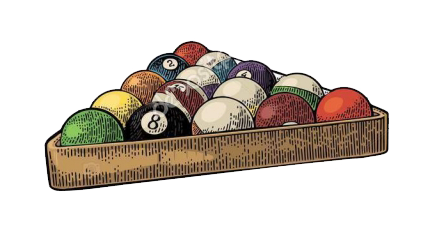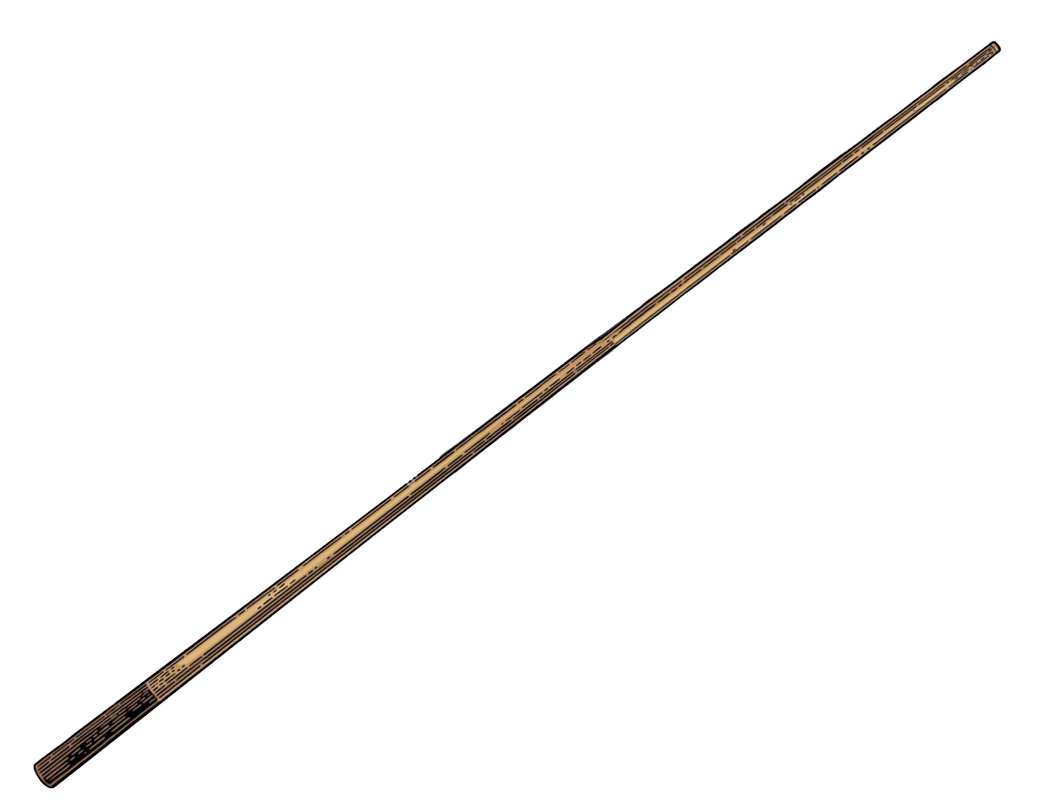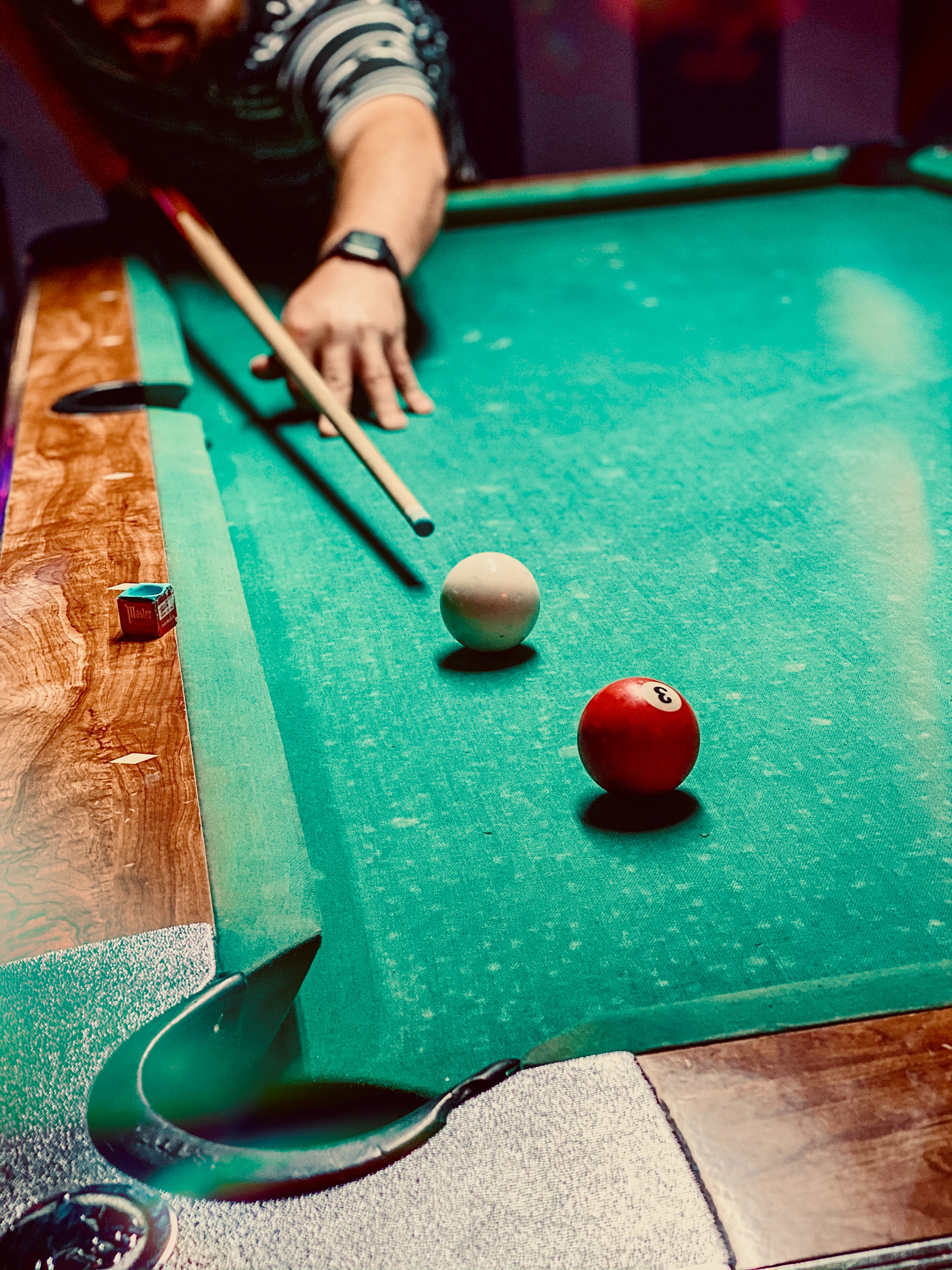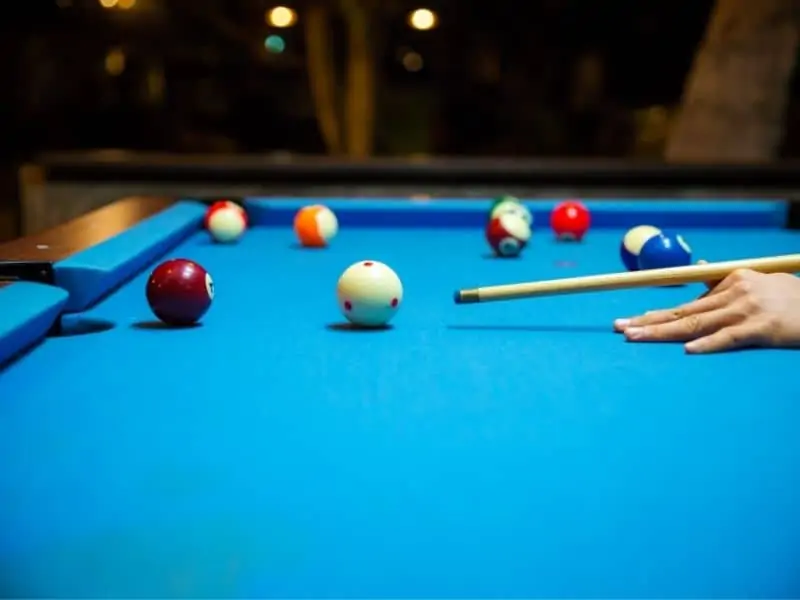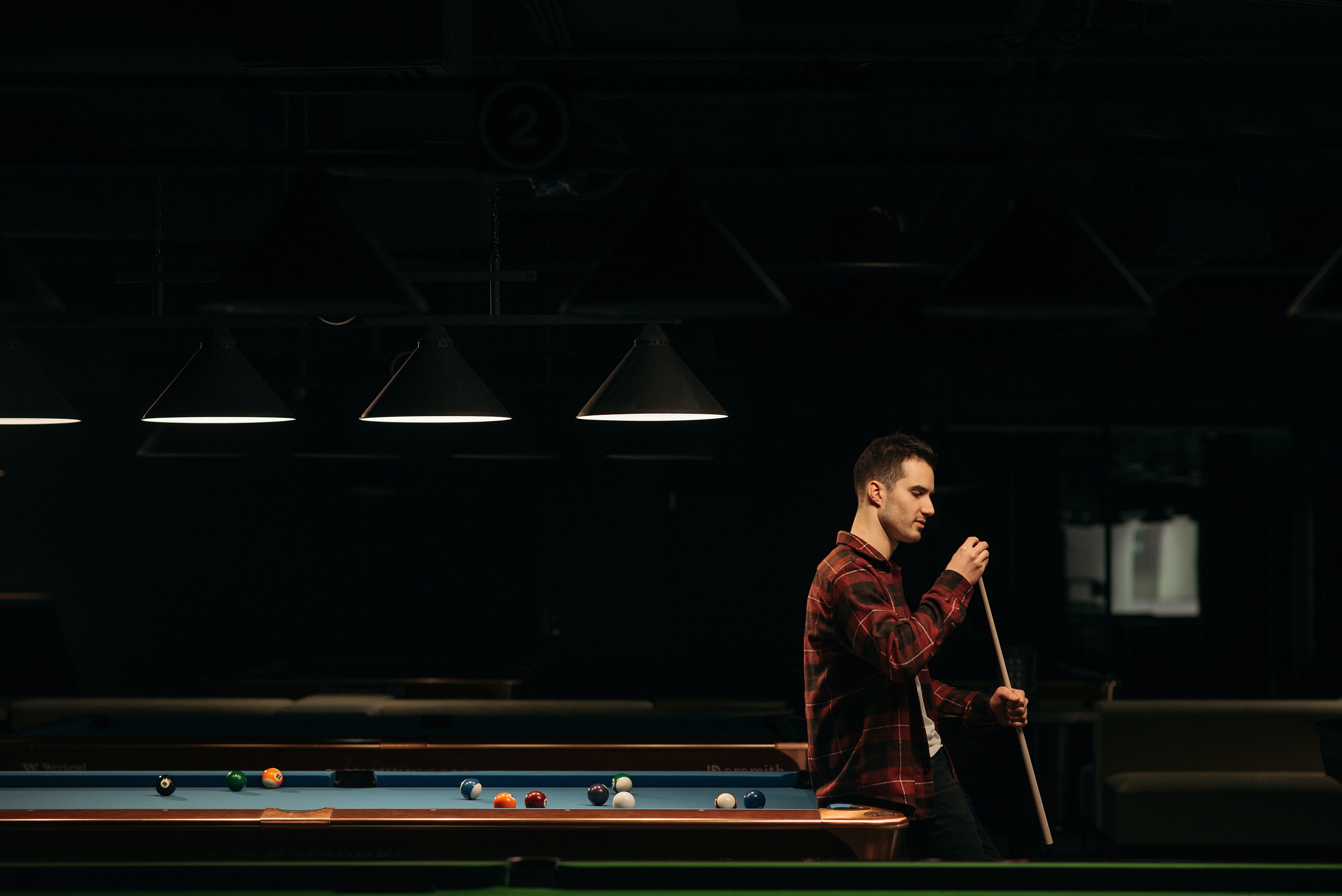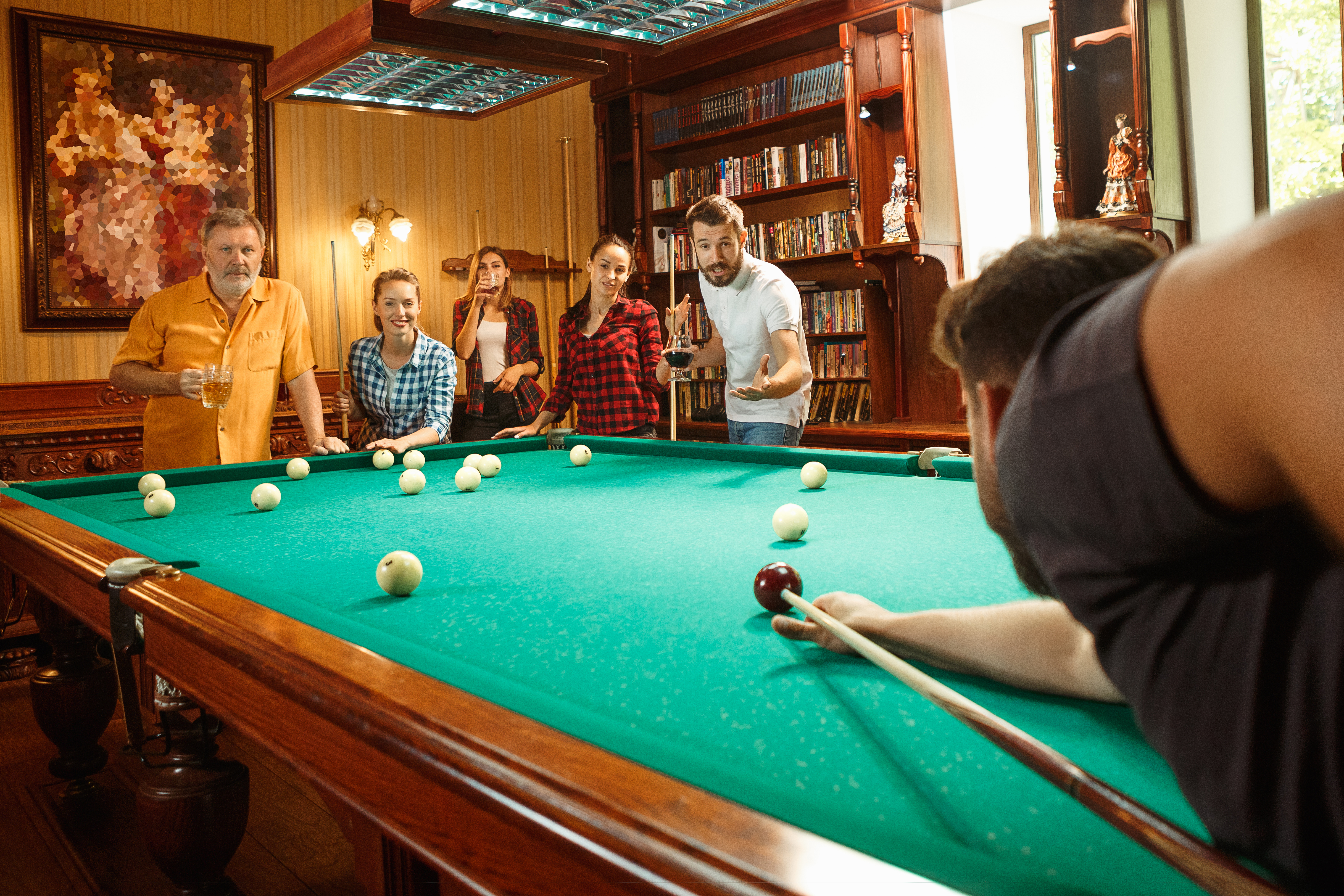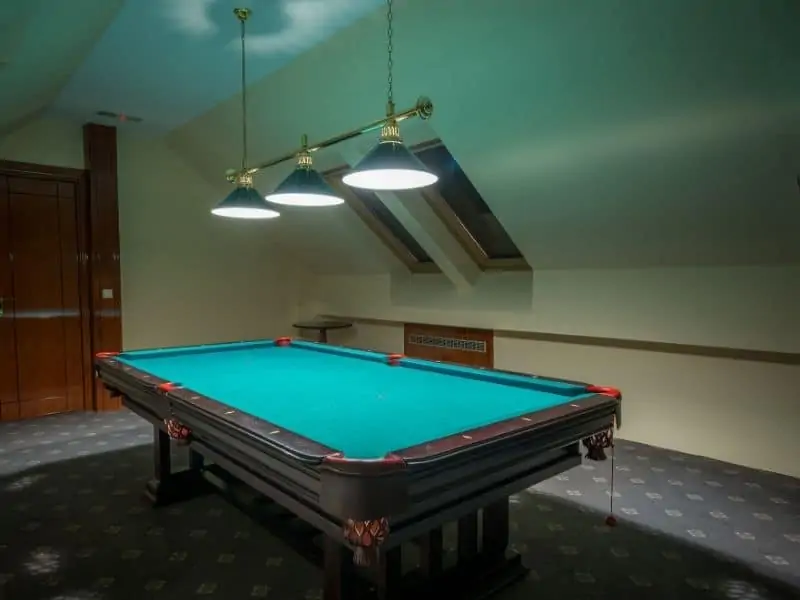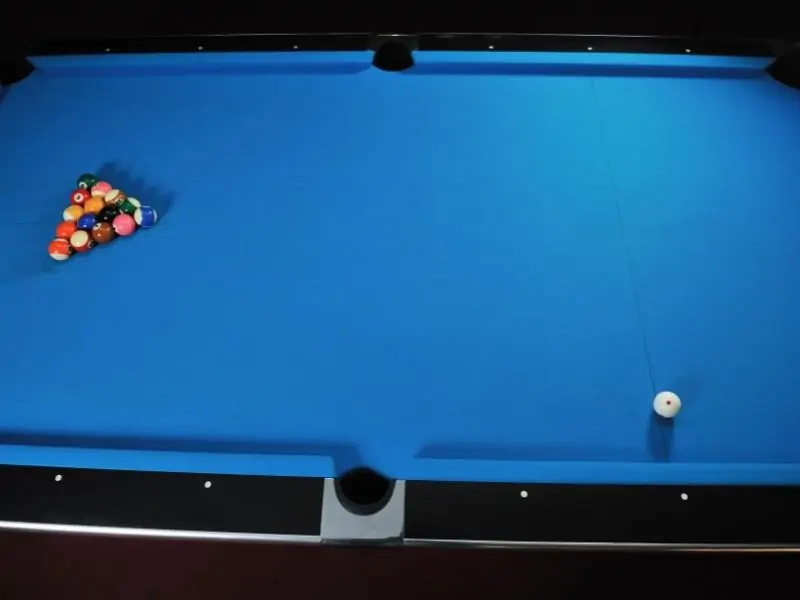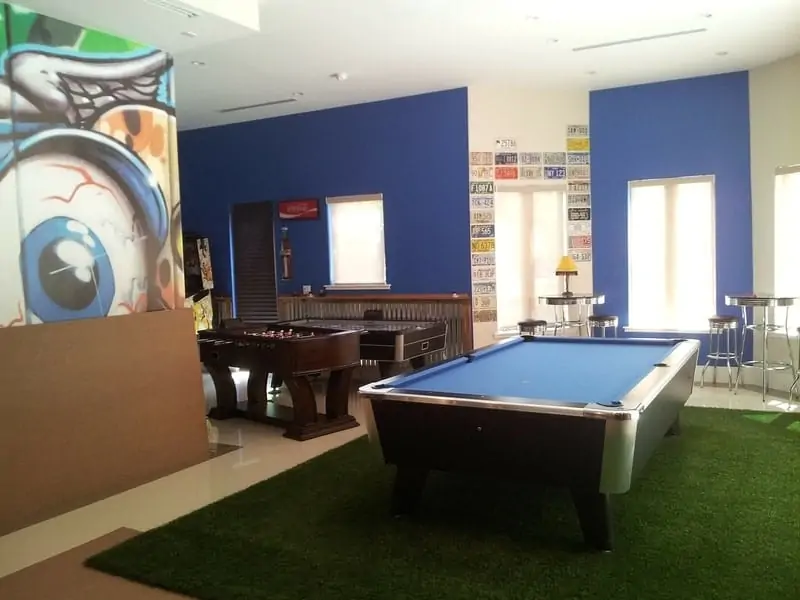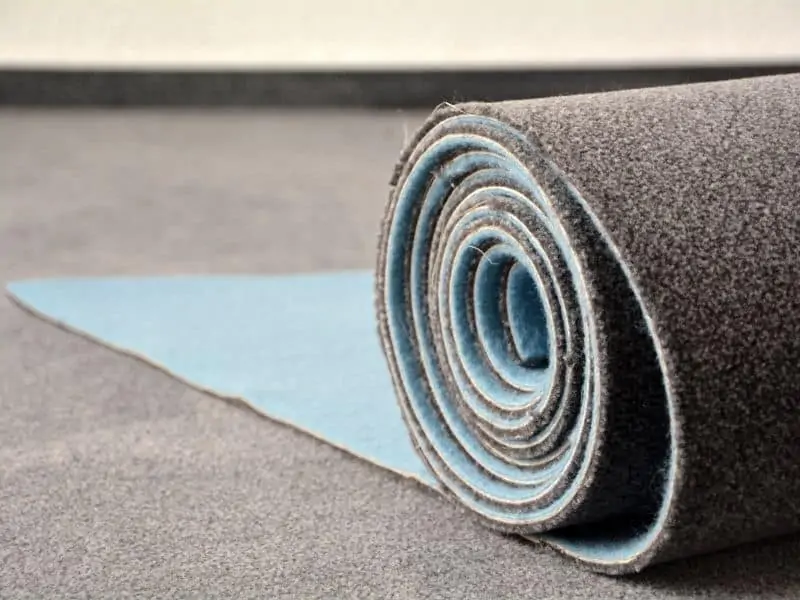Racking the pool balls is one of the most crucial parts of the game. If you have a loose, sloppy rack, then the break probably won’t give you the results you want. A tight rack is the only way to get a good spread on the break so its important that you know how to rack properly.
If you’ve ever felt you hit an awesome break shot and yet you didn’t get a good spread, its probably because the rack was too lose. This can be very frustrating but fortunately, getting a tight, solid rack isn’t hard to do and in this article we’re going to show you how.
If you’re brand new to pool and aren’t familiar with what a rack is, or racking in general, we’ve got you covered. This article will walk you step by step through how to rack a game of pool properly as well as how to rack seven different games of pool including:
What Is a Rack?
A rack is the piece of equipment used to get the object balls in proper formation for the break. Its used in all major pool games and without its use it would be nearly impossible to get the object balls tight enough to support a solid break.
Racks are typically made of wood or plastic and come in 2 standard configurations. One is typically referred to as the triangle rack due to its shape and is used for any game that requires the use of all 15 object balls. The other is called a diamond rack, again due to its shape, and is used mainly for the game of 9-Ball. The triangle rack is sometimes called the 8-Ball rack while the diamond rack is sometimes referred to as the 9-Ball rack.
Here is a picture of both a triangle rack and a diamond rack.
Triangle Rack

Diamond Rack

Now that you know what the rack is, the next thing you need to know is what racking is.
Racking a Game of Pool
Racking a game of pool simply refers to the act of placing all the necessary object balls into the rack at the proper spot on the table. Each game of pool is racked somewhat differently but the concept is the same regardless of the game being played or how many balls are being used.
The main thing to keep in mind while racking is that if the balls are loose within the rack, the break will suffer. Make sure you’re rack is tight. Most people accomplish this by using their fingers, placed inside the rack, to push the object balls forward. Another common way to get the balls tight is by using your fingers to keep the balls pushed forward while sliding the rack quickly into position.
If the balls move any when you lift away the triangle, rack them again. A set of balls that is properly racked should move very little, if any, when the rack is lifted.
Here’s a quick YouTube video on how to get your racks tight.
If you’re having trouble getting the balls to remain completely still, you may want to check out the Magic Rack. The Magic Rack is a racking system that gives you the perfect rack every time.

As you can see from the pics above, the Magic Rack is completely flat. It works like a placeholder by keeping the balls secured tightly within itself. You don’t remove it until after the break so you never have to worry about disturbing the object balls like you do with traditional racks.
This combo pack of Magic Racks (Amazon) gives you the ability to rack 8-Ball, 9-Ball, and 10-Ball perfectly every single time, as well as any other games that make use of a racking triangle.
Familiarizing Yourself With The Table
Now that you’re familiar with what a rack is, and what racking is, you need to familiarize yourself with certain spots on the pool table.
Most pool games start with the object balls being racked along the ”Foot String” with the ”Apex” ball at the ”Foot Spot” and the cue ball placed from behind the ”Head String”. These are all just technical terms for certain spots on the pool table, and a certain ball within the rack, but taking the time to learn them is necessary.
Here’s a handy little Pool Table Anatomy Diagram I found on Poolawg.com. This will help illustrate the proper placement of the racking triangle on the pool table and the technical terms mentioned above.
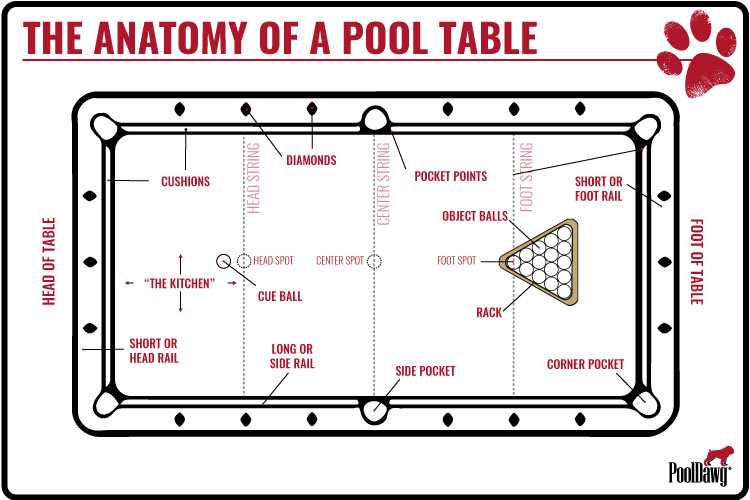
Anatomy of a Pool Table - An infographic by the team at Pooldawg.com
The cue ball position has more to do with breaking than racking so I won’t go into too much detail about that.
For now its more important to learn about the Foot String, the Foot Spot, and the Apex ball. These are universal terms that apply to all pool games so its a good idea to learn them.
As you can see from the diagram above, the Foot String is the imaginary line that runs across the table connecting the two center diamonds towards the foot of the table. The Foot Spot is just the center of the Foot String. And the Apex Ball is the object ball at the very top of the triangle that sits on the Foot Spot.
Knowing these terms will help learning to rack properly a bit easier. Plus, you’ll probably learn them anyways if you spend enough time at the pool hall.
Now lets talk about how to rack certain pool games properly.
How to Rack 8-Ball Pool
8-Ball pool is played with all 15 object balls.
- Place the racking triangle in position along the Foot String of the table.
- Center the rack along the Foot String with the top of the triangle at the Foot Spot.
- Place the Apex Ball, usually the Number 1-Ball, directly at the Foot Spot position.
- Place the Number 8-Ball in the center of the triangle which is the second spot in the third row.
- Place one solid and one stripe ball at each bottom corner of the triangle.
- Place all other object balls at random within the triangle.
- Ensure the rack is tight.
- Remove the triangle carefully.
Author’s Note:
The Apex ball doesn’t have to be the Number 1-Ball. It can be any ball you want.
By the time its all said and done your rack should look something like this:
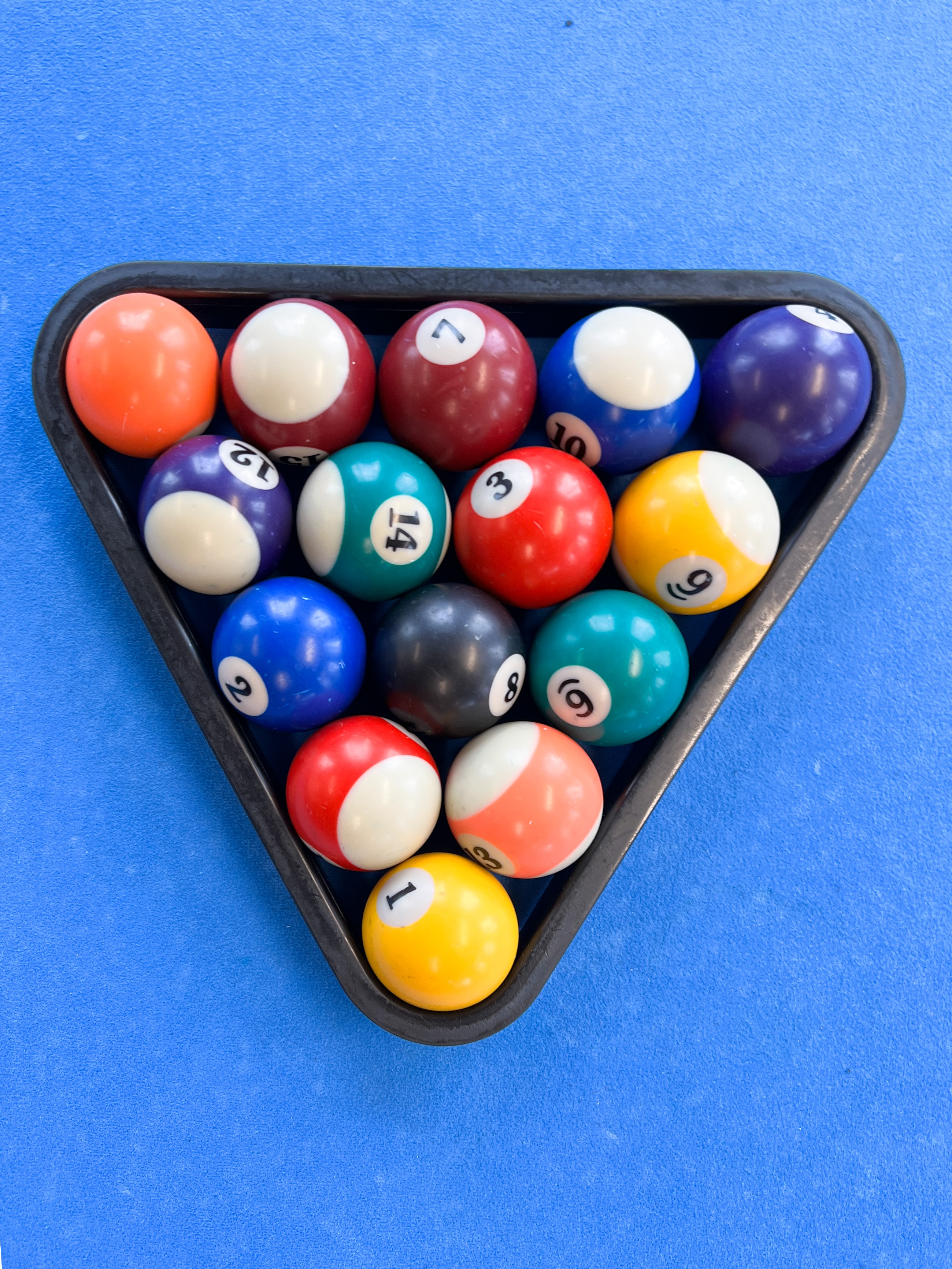
How to Rack 9-Ball Pool
9-Ball pool is played with balls Number 1-9 only.
- Place the diamond rack in position along the Foot String of the table.
- Center the diamond along the Foot String with the top of the diamond at the Foot Spot.
- Place the Apex ball, always the Number 1-Ball, directly at the Foot Spot position.
- Place the Number 9-Ball in the center of the diamond.
- Place all other solid balls in random order throughout the diamond.
- Ensure the rack is tight
- Remove diamond rack carefully.
Author’s Note:
9-Ball is played with solid color balls 1-9 only. The only striped ball in play is the 9-Ball itself.
Your rack should look like this when complete:

How to Rack 10-Ball Pool
10-Ball Pool is played with balls Number 1-10 only.
- Place the racking triangle in position along the Foot String of the table.
- Center the rack along the Foot String with the top of the triangle at the Foot Spot.
- Place the Apex Ball directly at the Foot Spot position. This should be the Number 1-Ball
- Place the Number 10-Ball in the center of the triangle. This is the second position of the third row. There are only 4 rows in 10-Ball
- Place all other object balls at random within the triangle.
- Ensure the rack is tight.
- Remove the triangle carefully
Your rack should look like this:

How to Rack Straight Pool (14:1 Continuous)
Straight pool makes use of all 15 object balls.
- Place the racking triangle in position along the Foot String of the table.
- Center the rack along the Foot String with the top of the triangle at the Foot Spot.
- Place the Apex Ball directly at the Foot Spot position. The ball of choice here is irrelevant.
- Place all other object balls at random within the triangle.
- Ensure the rack is tight.
- Remove the triangle carefully.
When there is one remaining ball left on the table, you then re-rack in the same fashion as before. If by chance the remaining ball falls within the space where the racking triangle usually sits, you rack that ball in with the rest. If it does not, you rack like you normally would except you leave out the Apex ball. In this scenario, the rack will look like a triangle without its top point.
How to Rack Cutthroat Pool
Cutthroat Pool makes use of all 15 object balls.
- Place the racking triangle in position along the Foot String of the table.
- Center the rack along the Foot String with the top of the triangle at the Foot Spot.
- Place the Apex Ball directly at the Foot Spot position. The Apex ball in Cutthroat pool is the Number 1-Ball
- Place the Number 6-Ball and the Number 11-Ball at the bottom corners of the triangle.
- Place all other object balls at random within the triangle.
- Ensure the rack is tight.
- Remove the triangle carefully.
How to Rack 3-Ball Pool
3-Ball Pool typically makes use of balls Number 1-3
- Place the racking triangle or diamond rack in position along the Foot String of the table.
- Center the rack along the Foot String with the top of the triangle at the Foot Spot.
- Place the Apex Ball, usually the Number 1-Ball, directly at the Foot Spot position.
- Place the other two balls behind the Apex ball in the form of a triangle.
- Ensure the rack is tight.
- Remove the triangle carefully.
How to Rack 7-Ball Pool
7-Ball Pool makes use of balls Number 1-7 and typically requires the use of a special rack. However, a 9-Ball rack can be used if turned sideways.
- Place the racking triangle in position along the Foot String of the table.
- Center the rack along the Foot String with the top of the triangle at the Foot Spot. Remember to turn the 9-Ball rack sideways.
- Place the Apex Ball directly at the Foot Spot position. The Apex ball in 7-Ball is the Number 1-Ball.
- Place the Number 2-6 balls around the outside perimeter of the rack with the Number 7-Ball in the center.
- Ensure the rack is tight.
- Remove the triangle carefully.
Tips for Getting the Perfect Rack
- Get It Tight: Getting the balls tight within the rack is the most important factor when it comes to racking pool balls. Every ball within the rack should be touching with no space in between.
- Get the Apex Ball Settled First: The Apex ball is the most important ball in the rack. It serves as a cornerstone for the the rest of the object balls. Get the Apex ball secured first and then add the rest of the object balls.
- Lock Them In: Once you have all your balls in the rack, you can sometimes lock them in place by pushing them forward from the back.
- Spin the Perimeter Balls: If your balls just wont settle in, you can try to spin the balls on the outer perimeter of the rack. This will help push the fibers of the felt outward and allow the balls to sit better.
- Tap Them Down: If you’re having trouble with a few balls not wanting to stay still, use the cue ball to tap them down. This will help stabilize them and keep them from rolling.
- Remove the Rack Properly: When you remove the racking triangle, its best to lift the back end up and then slide the rack forward away from the Apex ball.
- Keep the Felt Clean: If you’re having trouble getting your balls to stay still, take a moment to brush the felt in the area where you’re racking. This may help to raise the fibers of the cloth and give your balls a better surface to rest on.
- Take Care of Your Gear: A racking triangle that is worn or dirty can cause irregularities in your rack. The same can be said for old pool balls that are dirty or that have lost their roundness over time. Make sure your gear is in good enough shape to hold a solid rack.
- Use the Magic Rack: As mentioned earlier, the Magic Rack is a great alternative to the standard racking triangles. Its super affordable and it just works. You can check out the Magic Rack here on Amazon.
In Conclusion
Racking is an essential part of pool that all of us have to learn how to do properly. Each game of pool may have subtle differences in the way they’re racked but essentially its all the same: Get it tight.
Getting your rack nice and tight is key to setting up for a solid break. Without a tight rack you cant hope to achieve a good break no matter how good your shot is. By using the tips above, and maybe even the Magic Rack, you can rest assured that your rack will be nice and tight every time. I hope this article has been helpful. Thanks for reading!
Other Articles You May Be Interested In
- How to Play Pool: The Beginners Guide
- How to Clean a Pool Table: It’s Easier Than You Think
- Are Aramith Pool Balls Worth the Money?
- 10 Awesome Sets of Uniquely Designed Billiard Balls
- 73 Epic Billiard Shirts Every Pool Player is Sure to Love
